Football
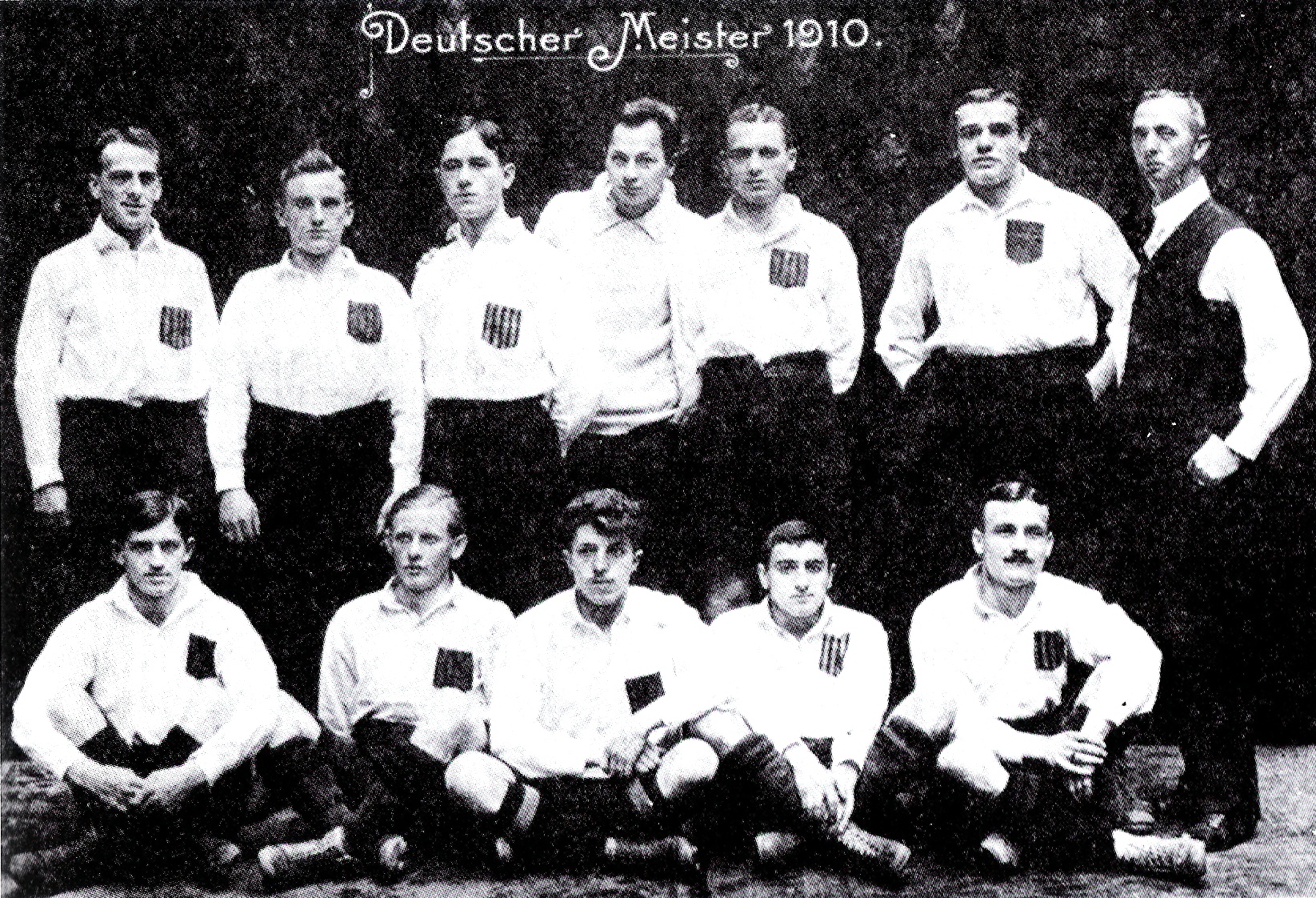
Julius Hirsch was a football player in the Karlsruhe football club, and a member of the German national football team prior to World War I. In 1943, Hirsch was deported to Auschwitz. He did not survive the Holocaust.
Read more about Julius Hirsch >>>
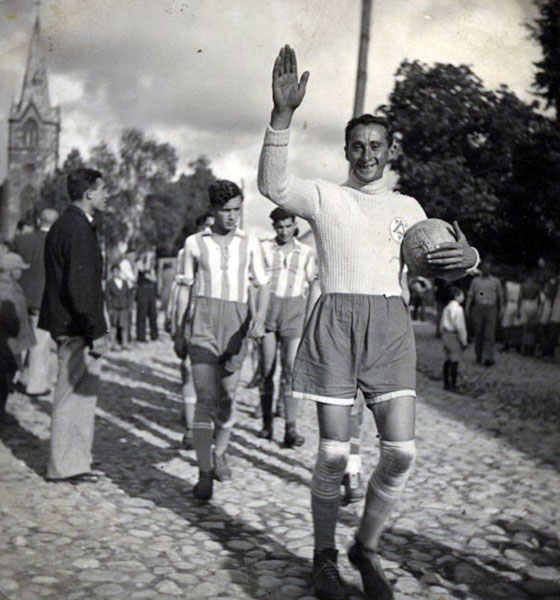
Yad Vashem Photo Archives 8673/1
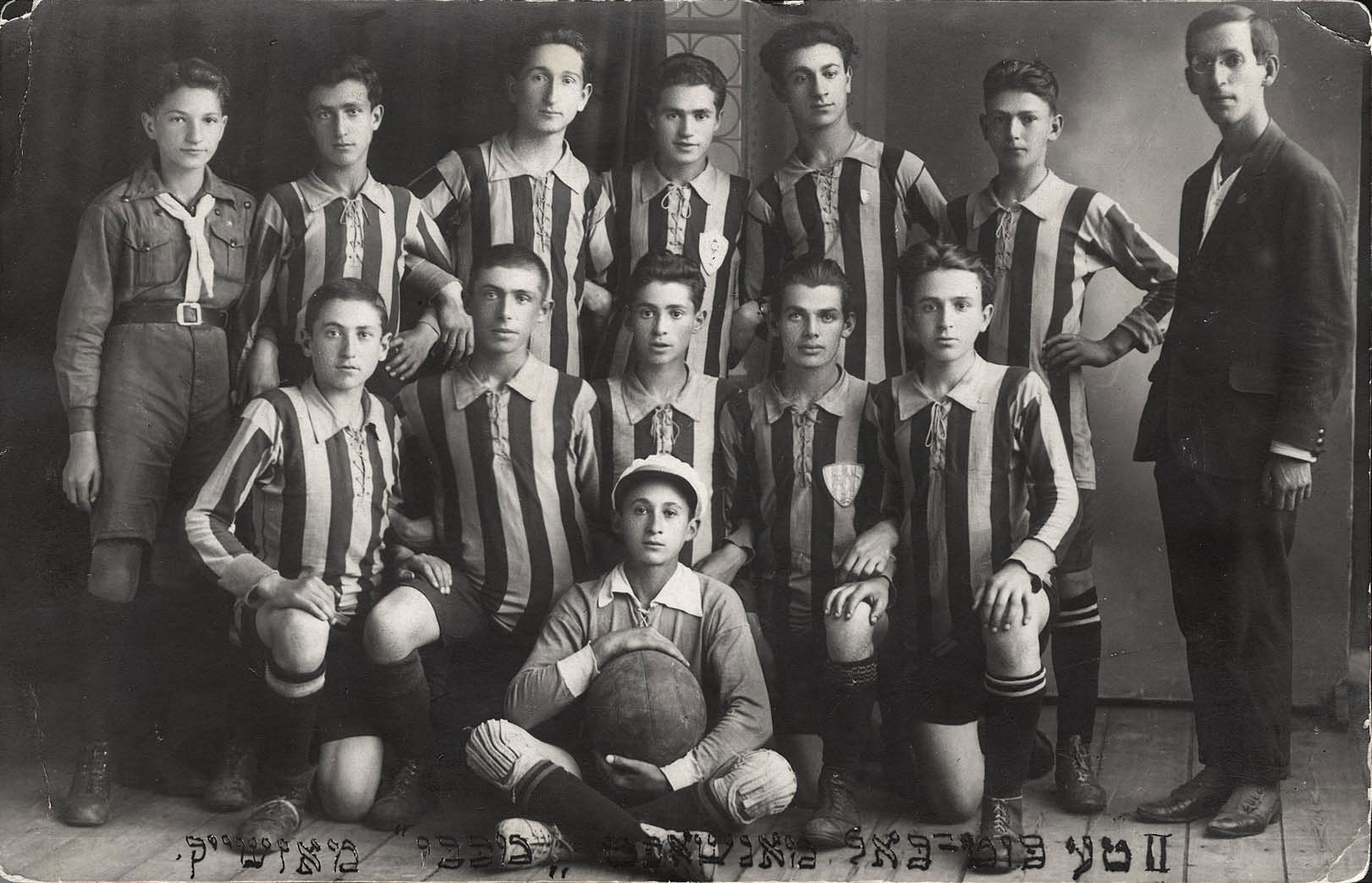
Yad Vashem Photo Archives 187do6
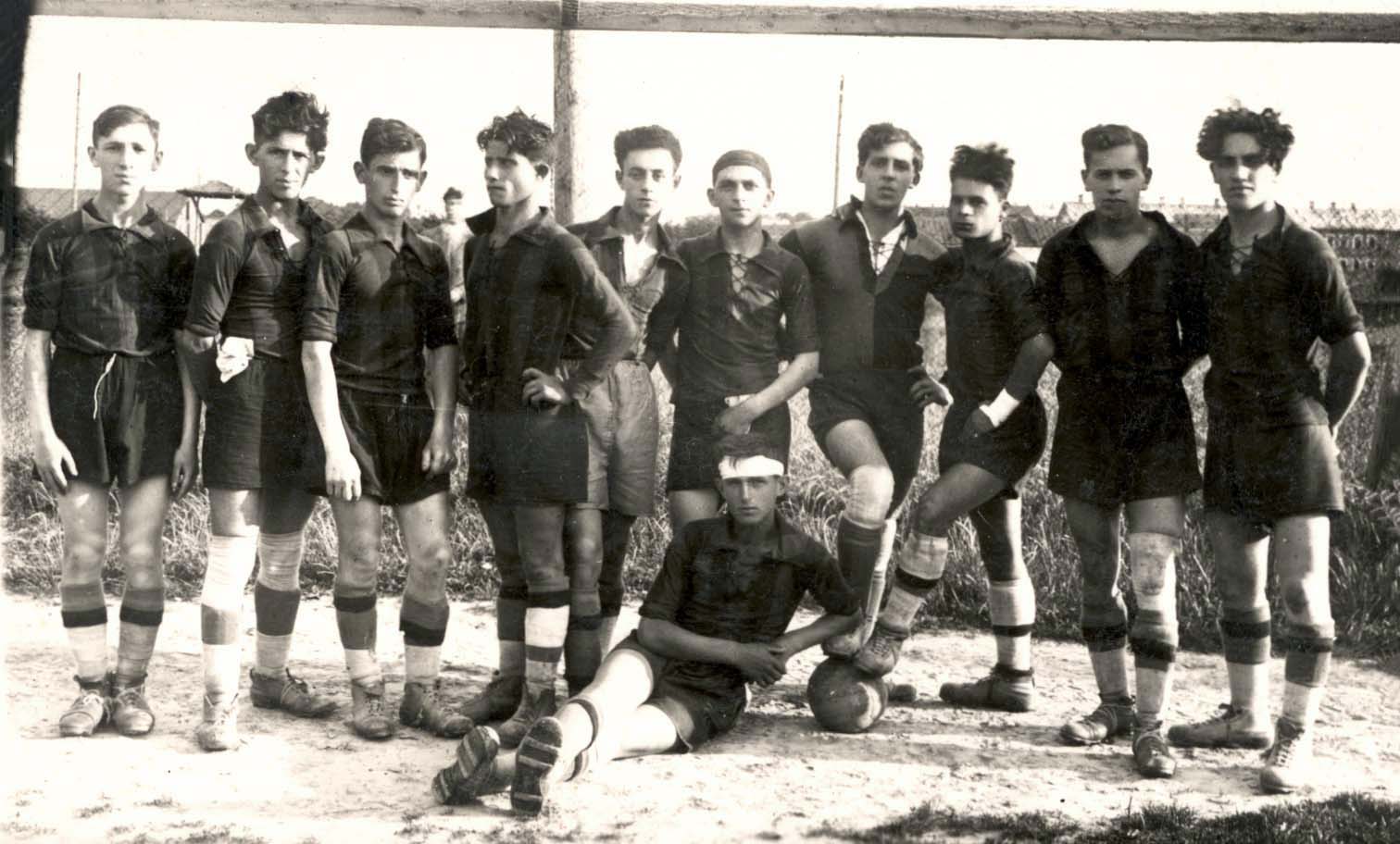
Yad Vashem Photo Archives 1366/56
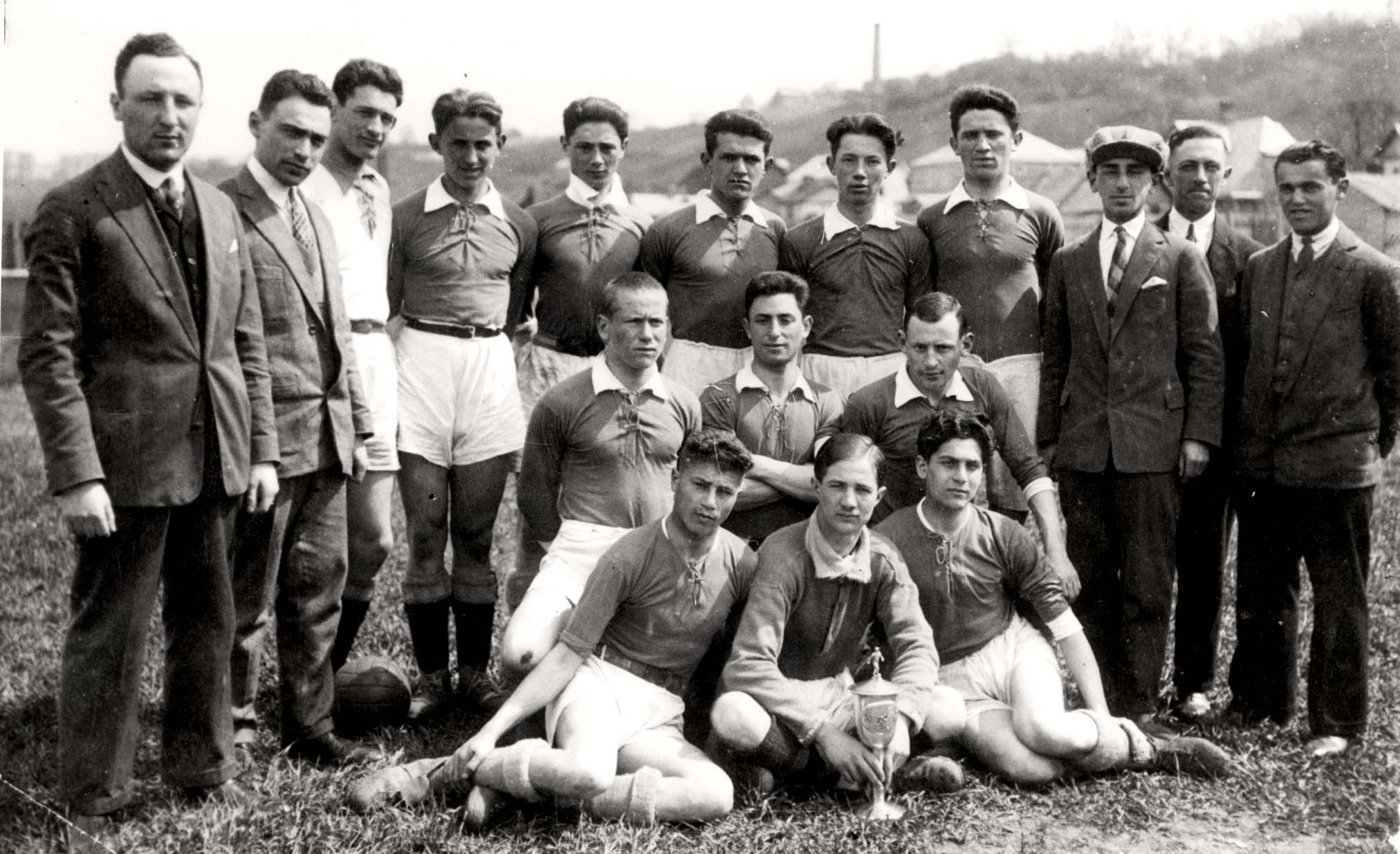
Yad Vashem Photo Archives 184AO6
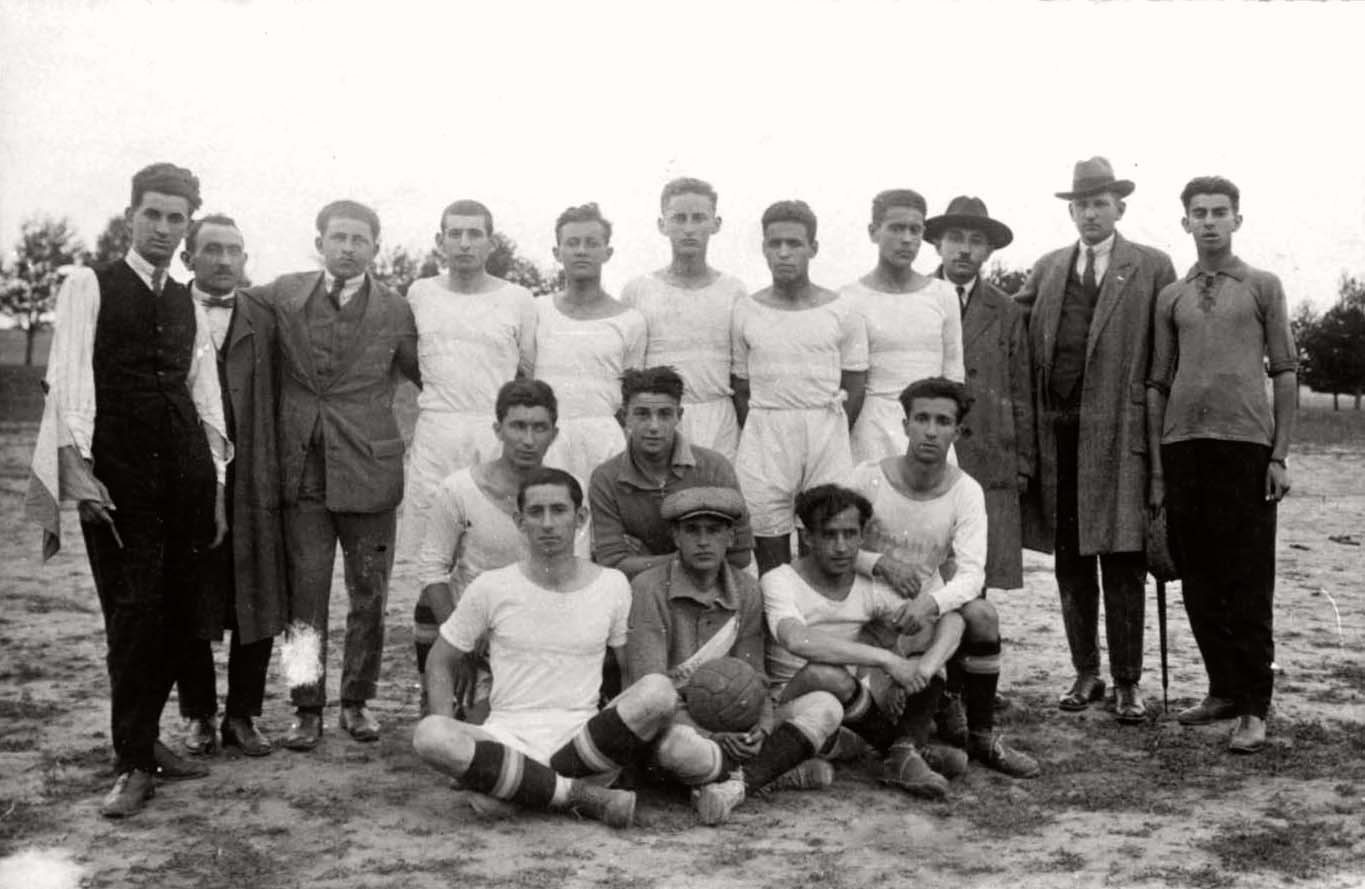
This photograph is taken from the testimony of Yitzchak Margolis.
Yitzchak Margolis was born in Buhusi, Romania in 1926. His father was born in Eretz Israel and worked in Buhusi as a Hebrew teacher. Yitzchak Margolis was conscripted to a work group in Romania and sent to Transnistria. He survived the Holocaust and immigrated to Israel in 1968.
Yad Vashem Photo Archives 1869/648
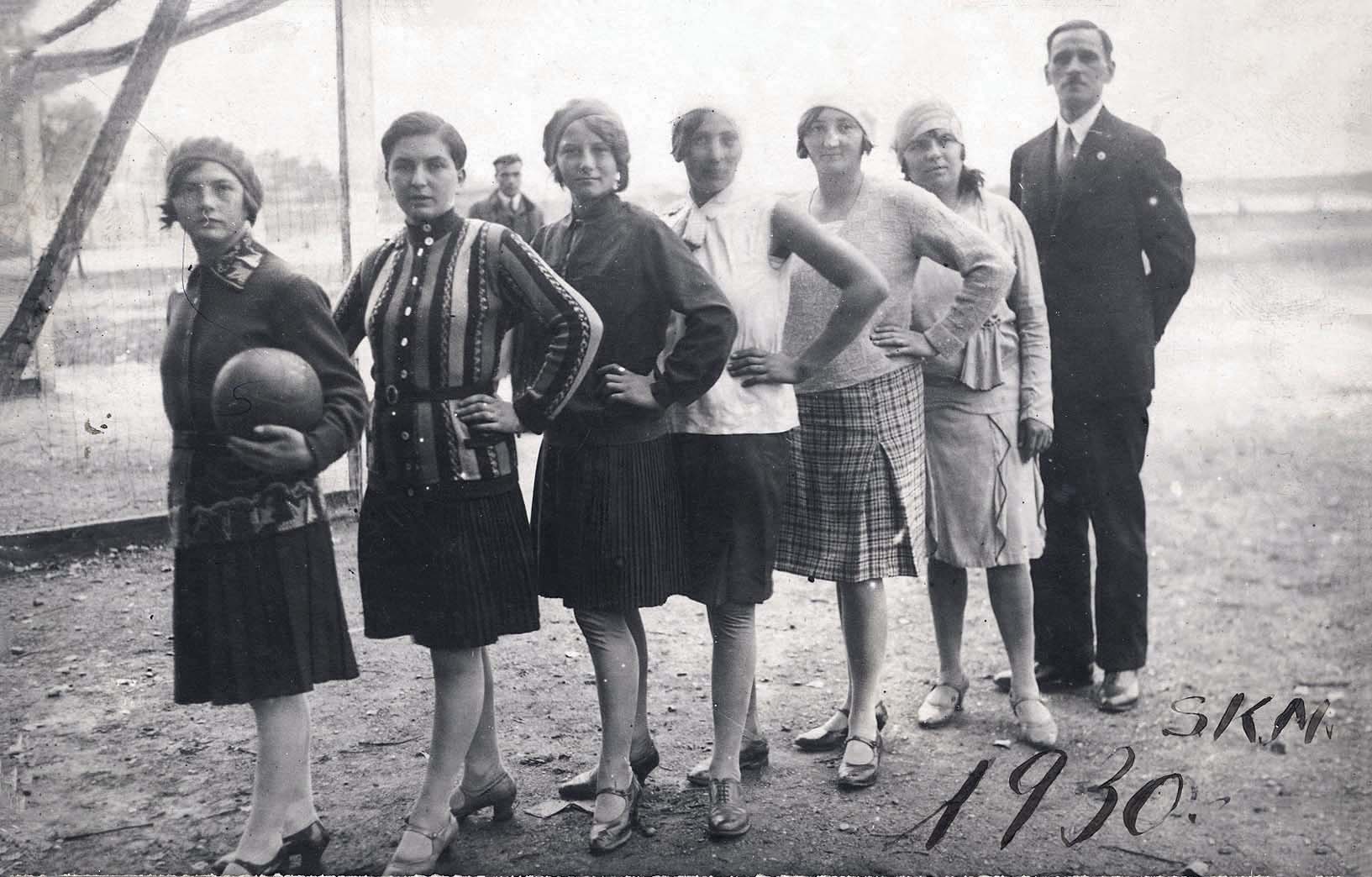
Yad Vashem Photo Archives 4551/37
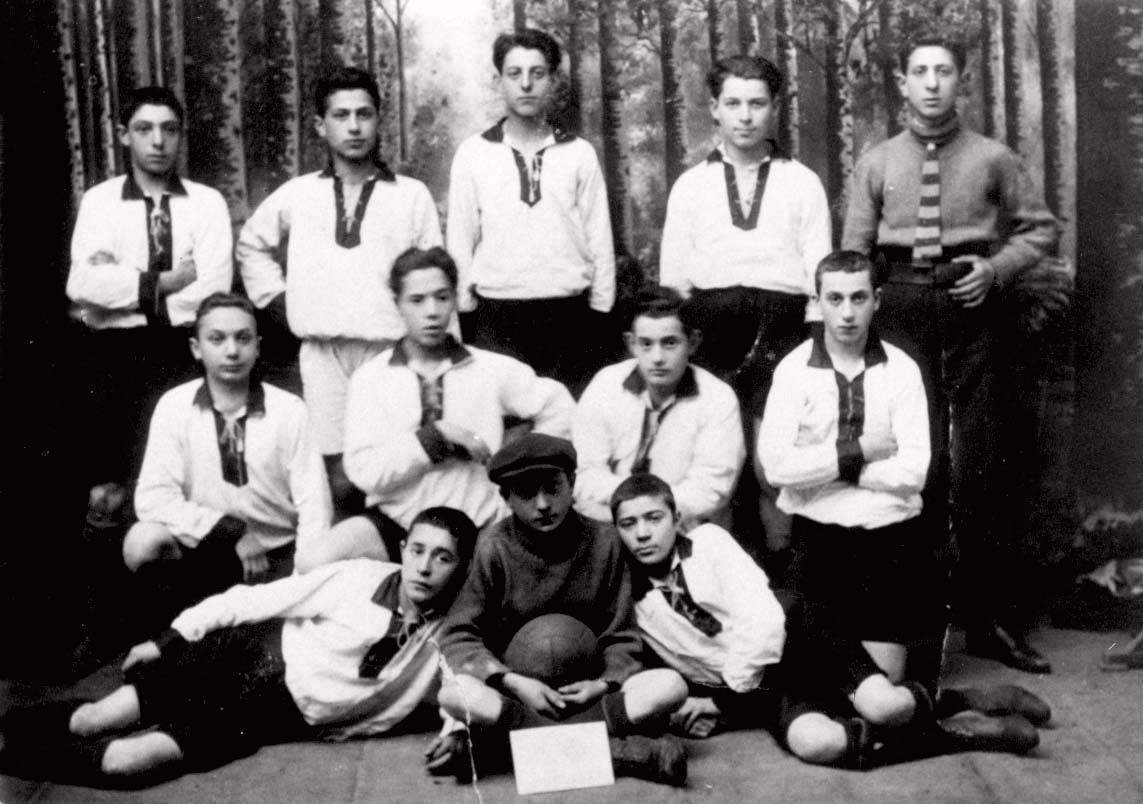
Standing, far right: Menahem Nusbaum, a referee. Menachem Nusbaum was born in Nowy Sacz, Poland, in 1906. Nusbaum moved to Lodz before the war. Following the outbreak of WWII in September 1939 he escaped to the Soviet Union and was sent to work in the coal mine in Ordzhonikidze. He joined Anders Army and following displays of antisemitism he escaped and joined the Jewish Brigade.
Nusbaum survived the Holocaust. This information is based upon the testimony that he submitted to Yad Vashem.
Yad Vashem Photo Archives 1869/75
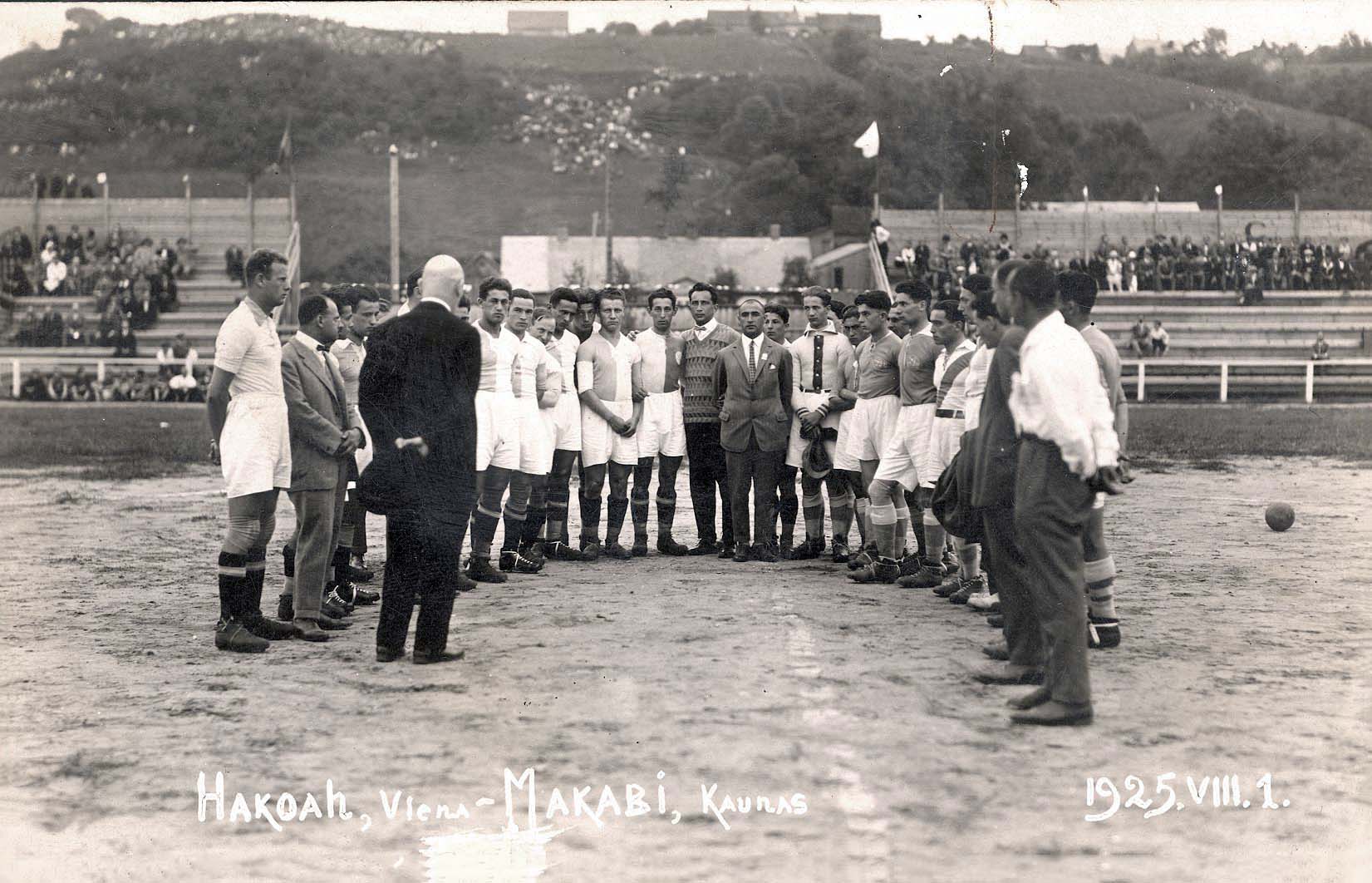
Yad Vashem Photo Archives 3238/126
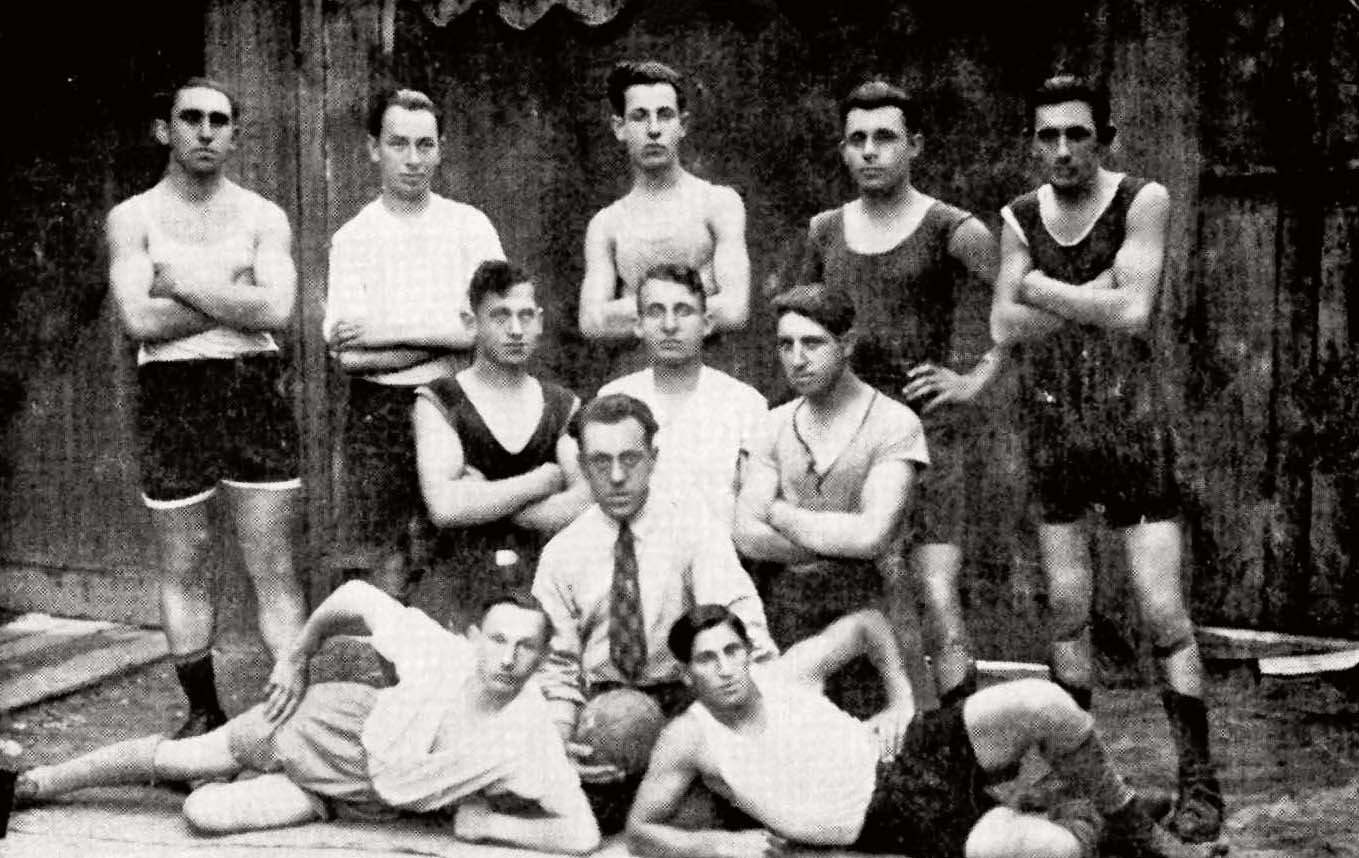
Standing: Yakov Berski, Levin, Peretz, Odrozinski, Frozanski.
Below: Mordechai Bazadski, Reuven Charsel, Yakov Reznik.
Front: Avraham Schwartz, Shmuel Gorodtzki, Chaim Karolinski.
Yad Vashem Photo Archives 3954/29
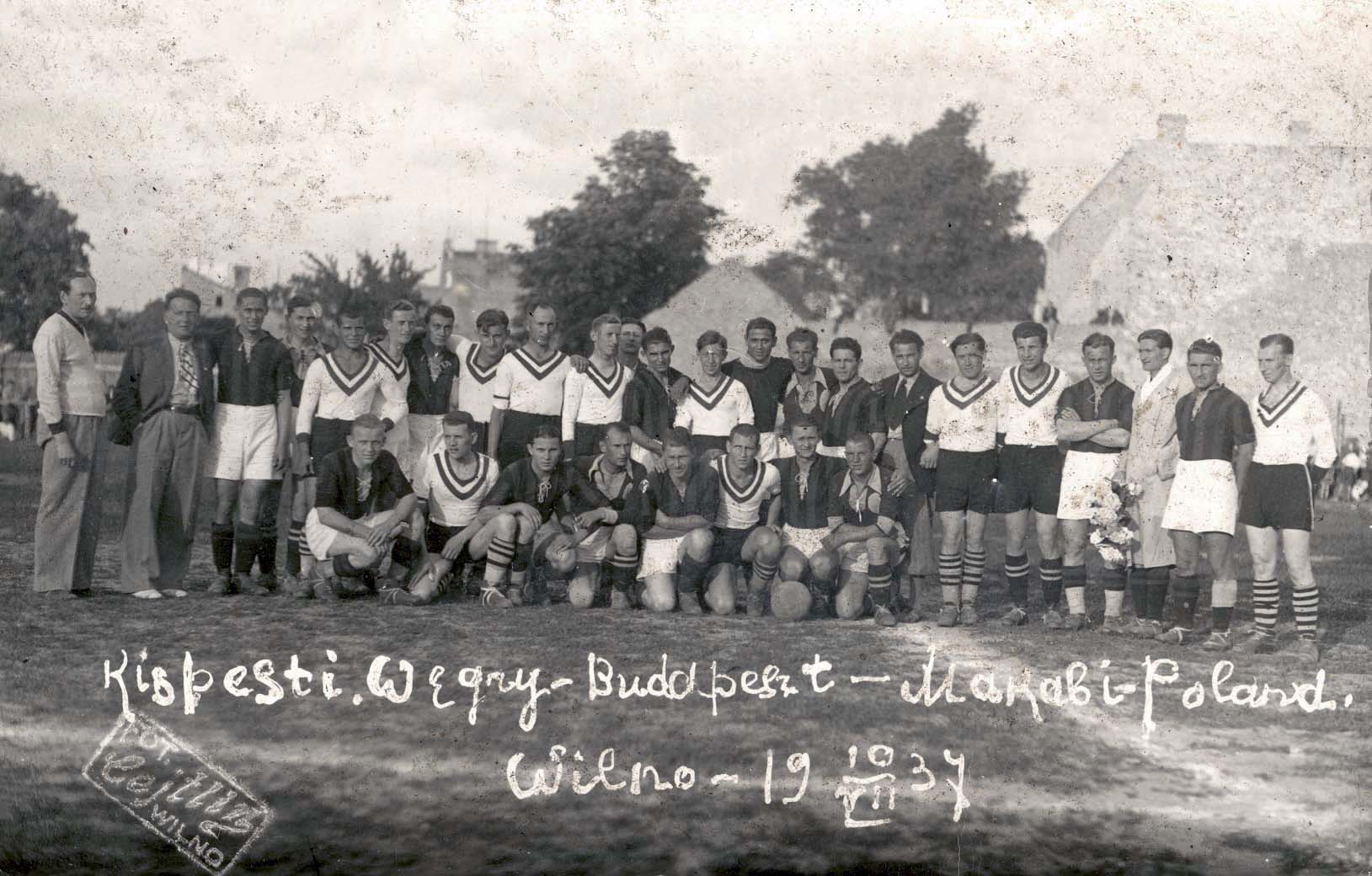
Klooga, the largest labor camp in Estonia, was established in Summer 1943. Most of the prisoners there were brought from the Vilna Ghetto in August-September 1943. On 19/09/1944, days before the Red Army liberated the camp, the Germans and their Estonian collaborators murdered over 2,000 Jews in the forests near the camp. They tried to conceal the murder but did not completely burn most of the bodies.
This photograph is taken from the photographs found in the pockets of murdered Jews in the Klooga camp after the liberation. Most of the photographs were taken in Vilna before the war.
Courtesy Central Historic Museum in Estonia
Yad Vashem Photo Archives 4068/109
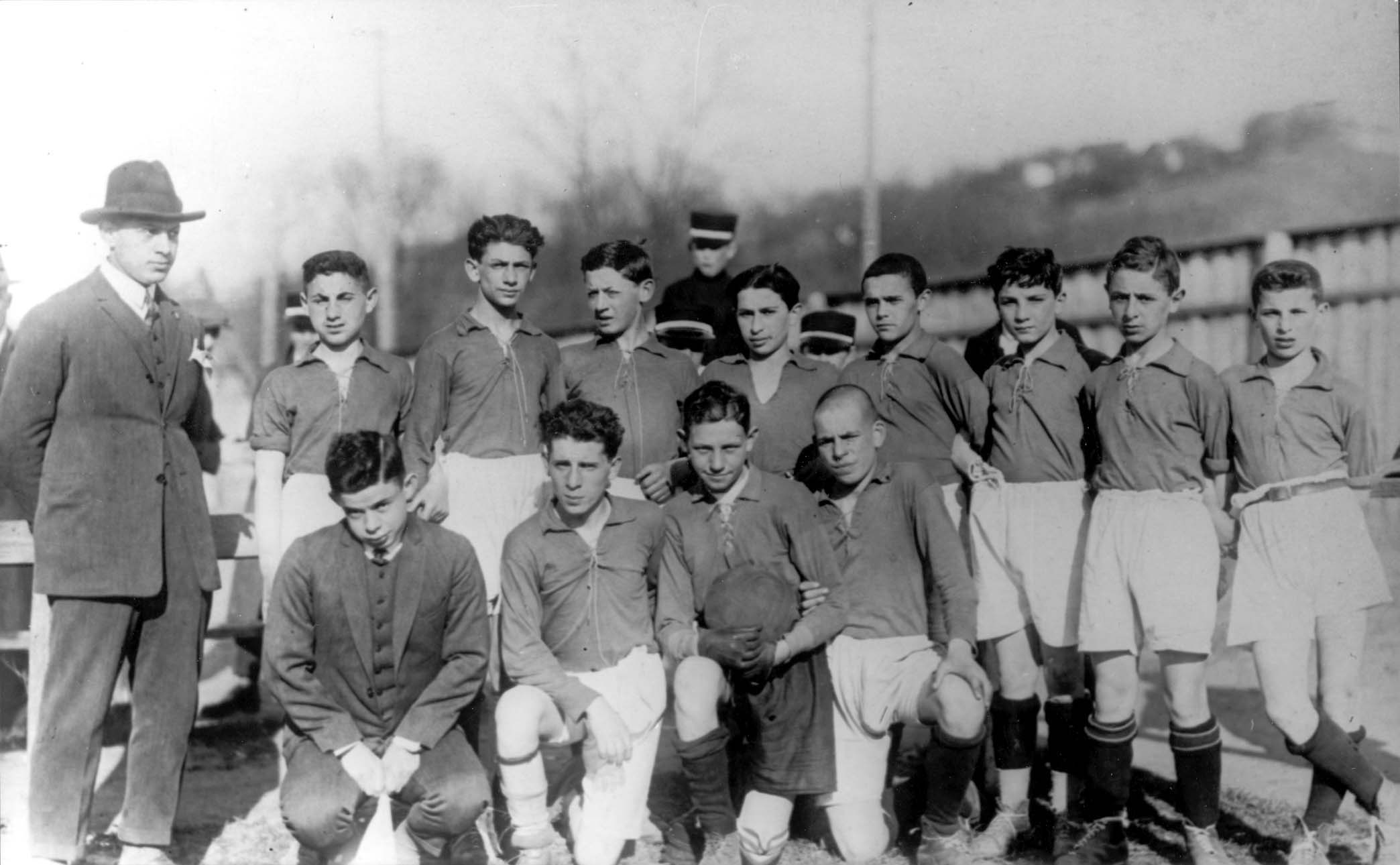
Courtesy Bundesarchiv
Yad Vashem Photo Archives 4520/471
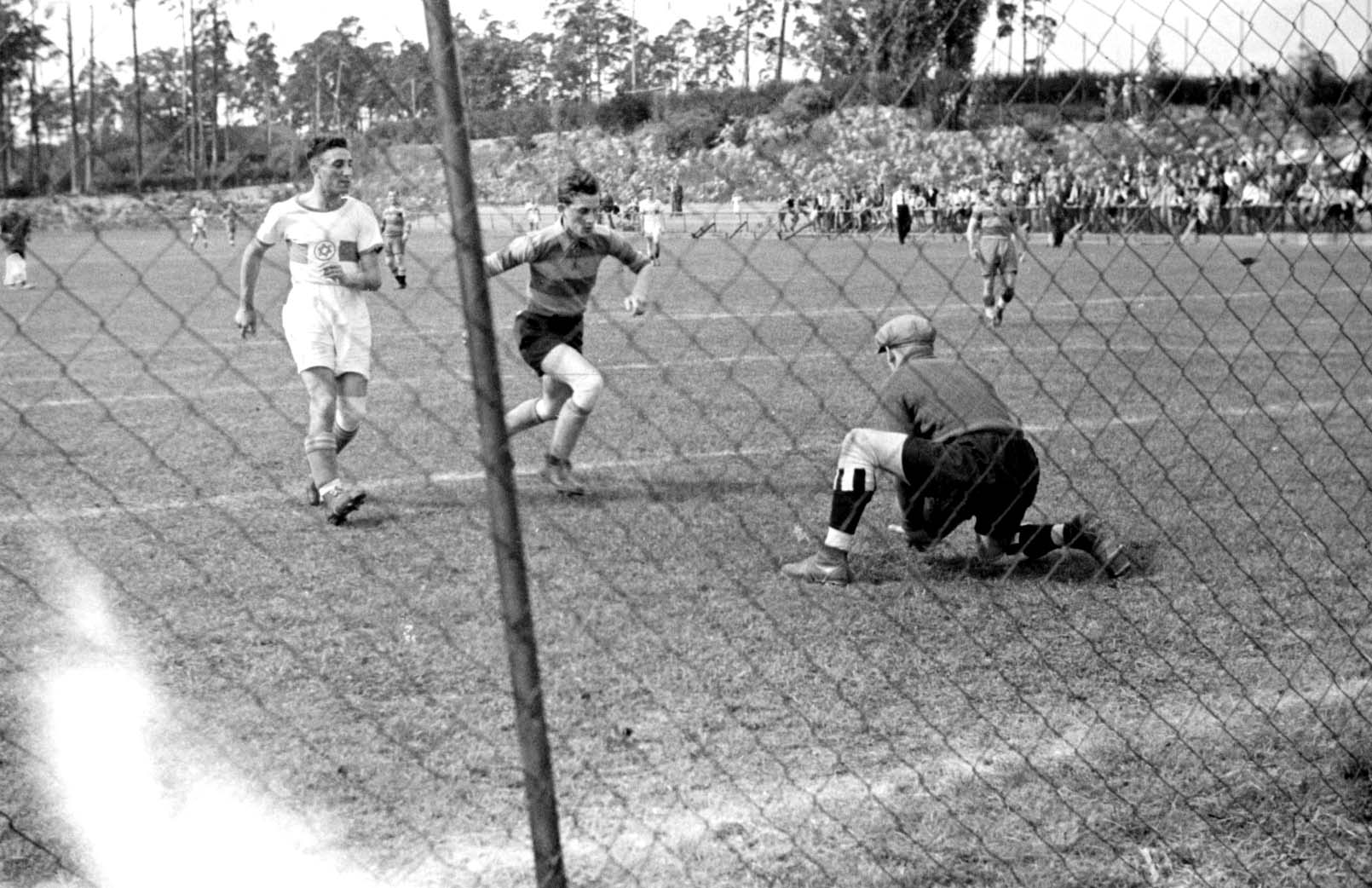
Courtesy Juedischen Museum Im Stadtmuseum, Berlin
Yad Vashem Photo Archives 5409/2244
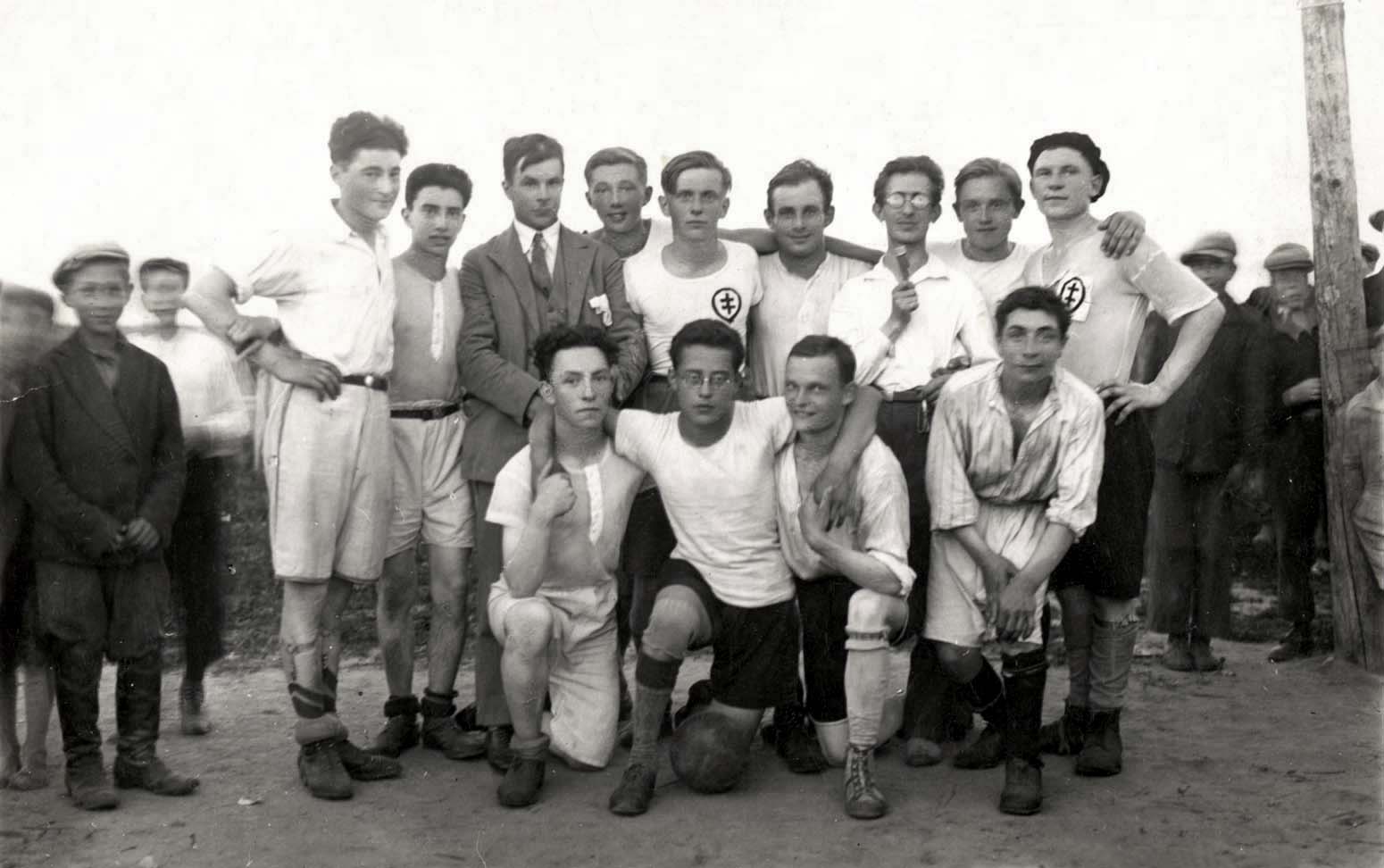
Yad Vashem Photo Archives 5476/30
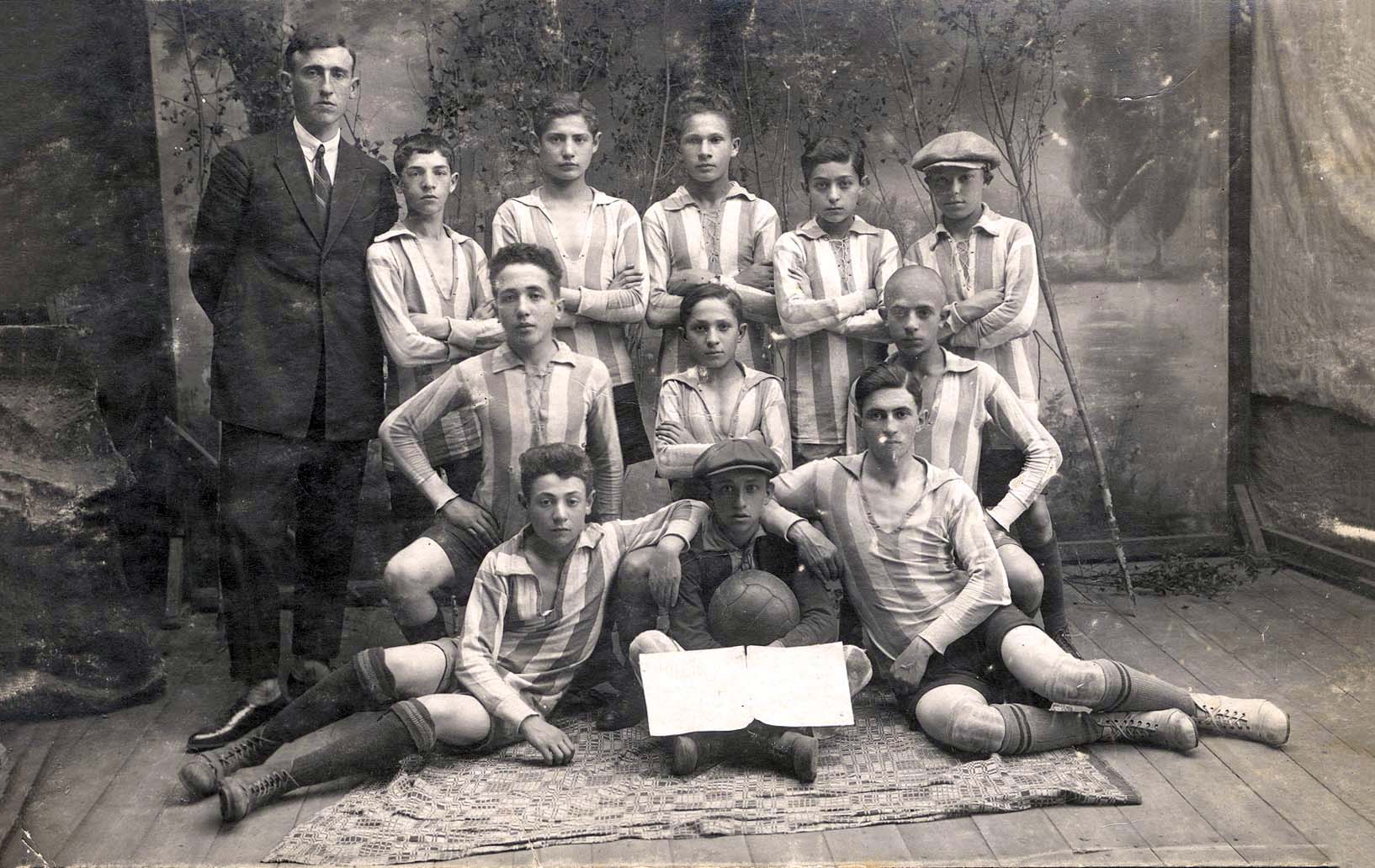
First on the left, with a tie, is Khaim Kaplan. He may have been the team coach.
Prior to and during WWII Khaim Kaplan lived in Pinsk, Poland. His name appears on a list of people who were murdered in Pinsk in 1941-1942.
Yad Vashem Photo Archives 5573/8
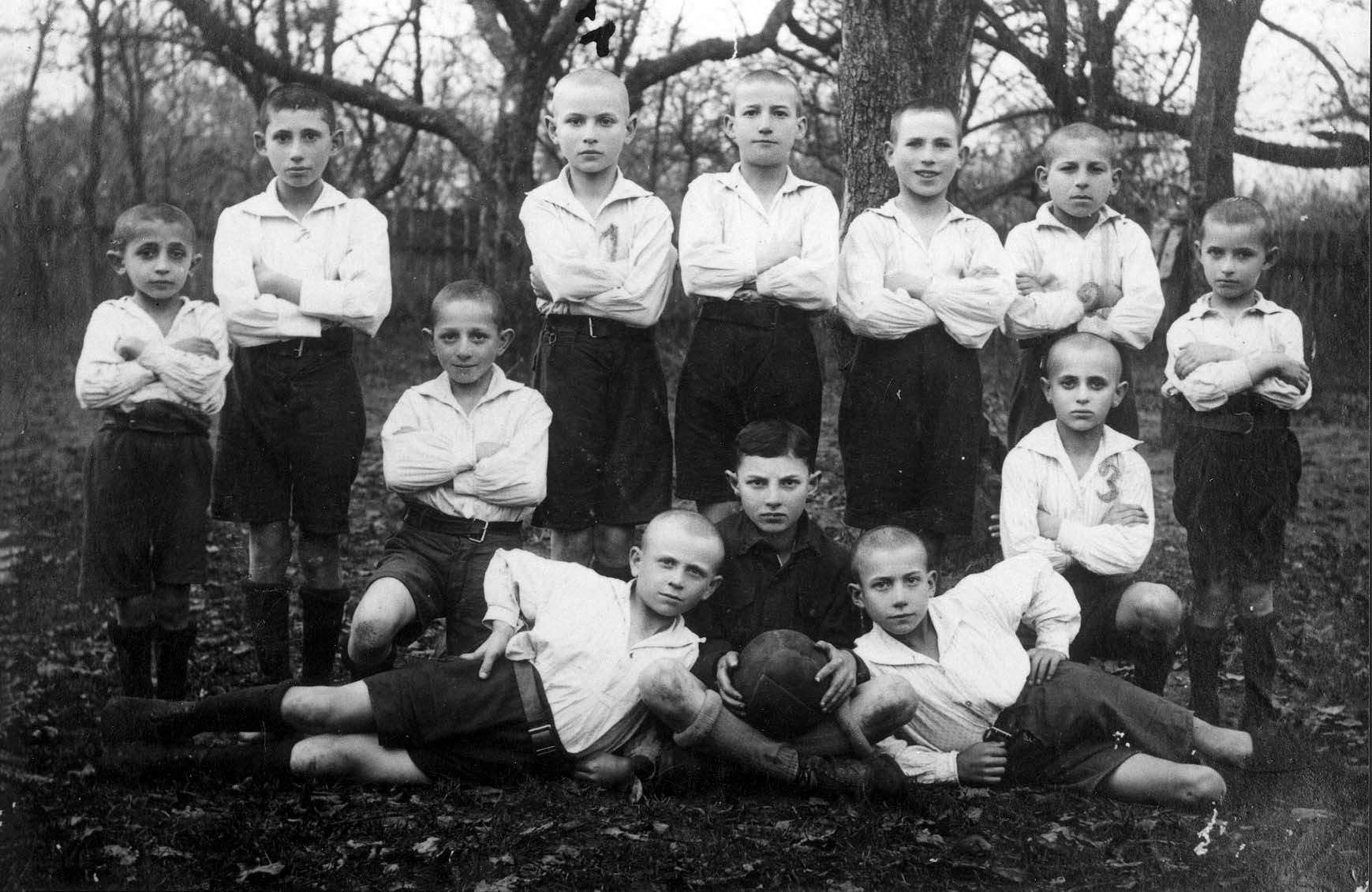
Yad Vashem Photo Archives 5724/6

Benjamin Brachfeld, standing on right, managed the team. He was born in Jurkow, Poland in 1901 to David and Haya née Schamroth. He was a diamond broker, active in the Mizrachi movement, and married to Ernestine née Muller. Prior to and during WWII he lived in Antwerp, Belgium. Benjamin was murdered in 1943 in Bismarckhuette, Poland. This information is based on a Page of Testimony submitted by his son, a Holocaust survivor.
Courtesy Sylvain Brachfeld
Yad Vashem Photo Archives 5738/22
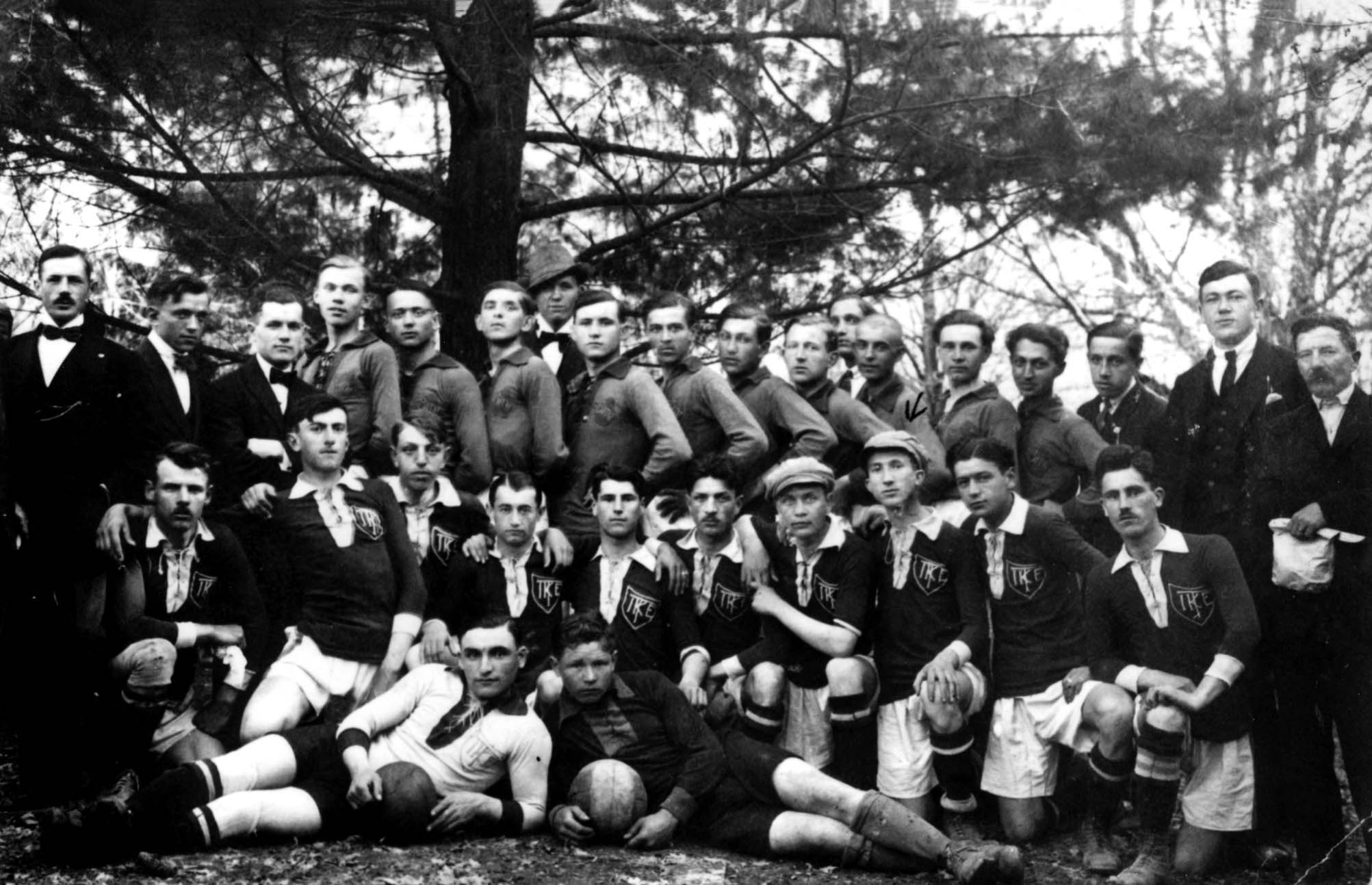
Yad Vashem Photo Archives 6037/5
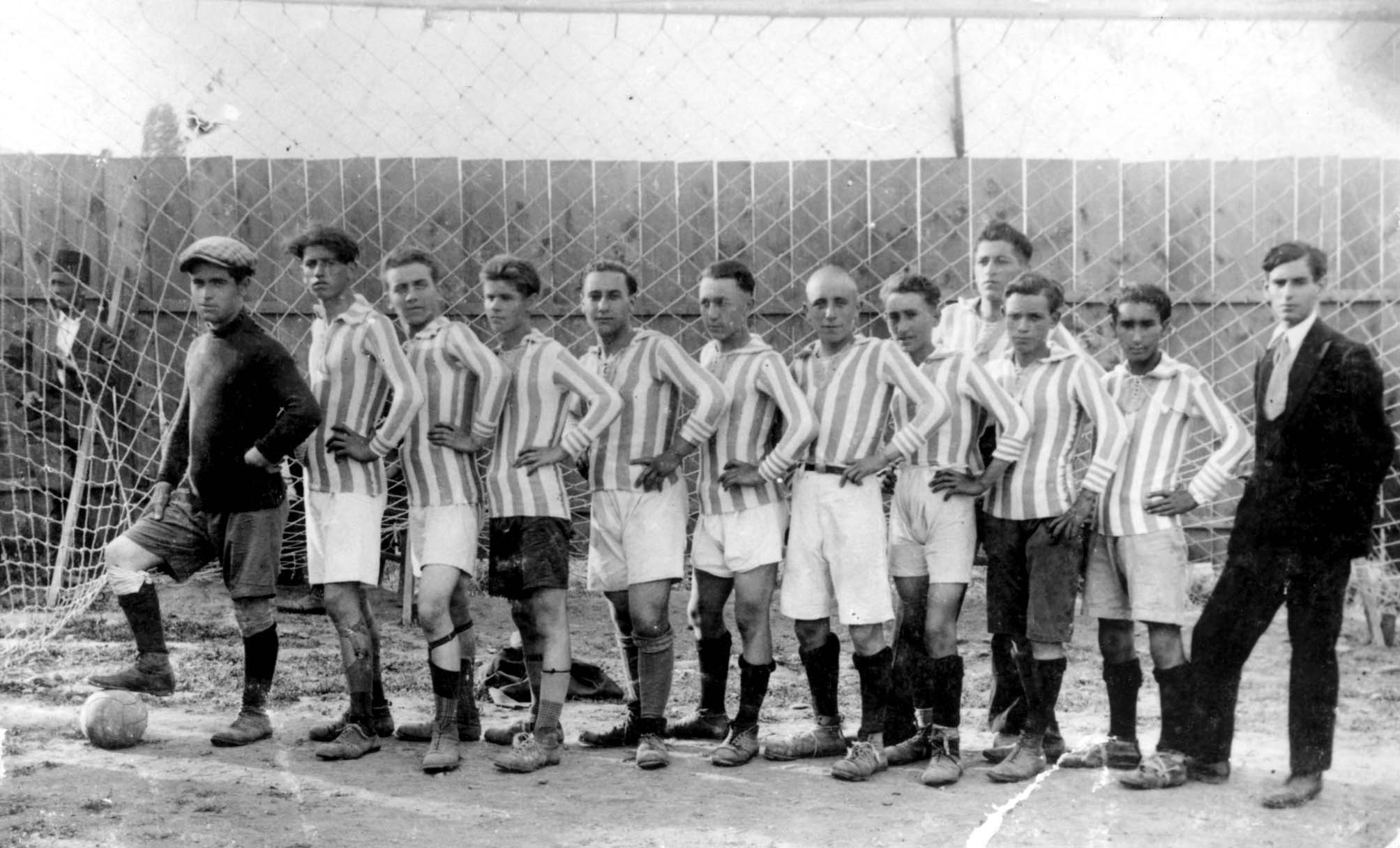
The inscription on the back of the photograph reads: "A game against a Balkan team. The result was 2:2"
Leon Albocher and Tova Albocher née Navon (parents of the man who submitted the photograph) arrived in Eretz Israel from Monastir, Macedonia, in 1930 and got married there.
Tova’s brother Mois and his wife Sol also emigrated to Eretz Israel and in 1939 they wed in Petach Tikvah. They returned to Monastir a short while before the war. Mois, Sol and their one-year-old daughter were among those deported to Treblinka.
Read more about the Jewish community of Monastir »
Yad Vashem Photo Archives 6214/21
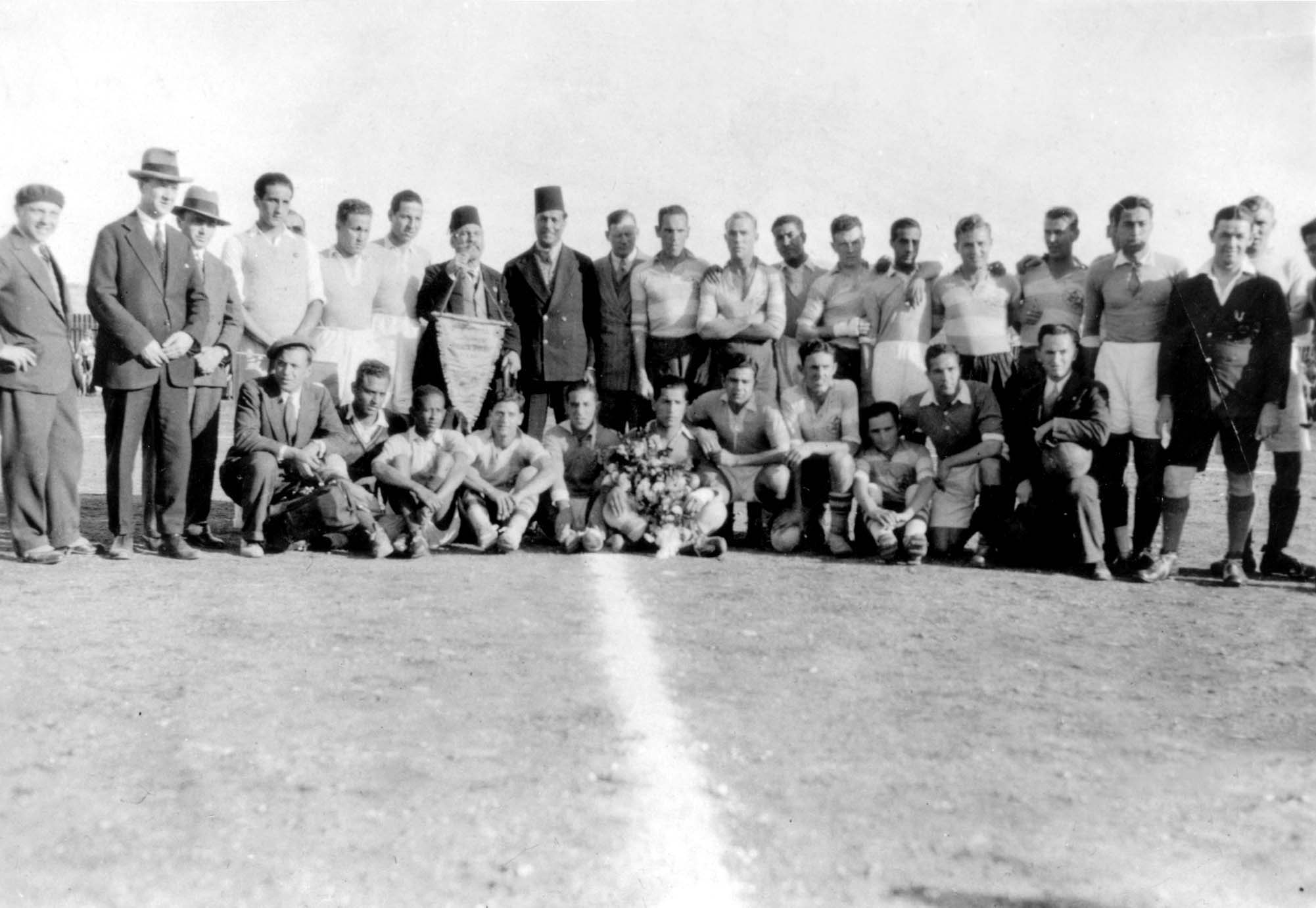
Leon Albocher and Tova Albocher née Navon (parents of the man who submitted the photograph) arrived in Eretz Israel from Monastir, Macedonia, in 1930 and got married there.
Tova’s brother Mois and his wife Sol also emigrated to Eretz Israel and in 1939 they wed in Petach Tikvah. They returned to Monastir a short while before the war. Mois, Sol and their one-year-old daughter were among those deported to Treblinka.
Read more about the Jewish community of Monastir »
Yad Vashem Photo Archives 6214/8
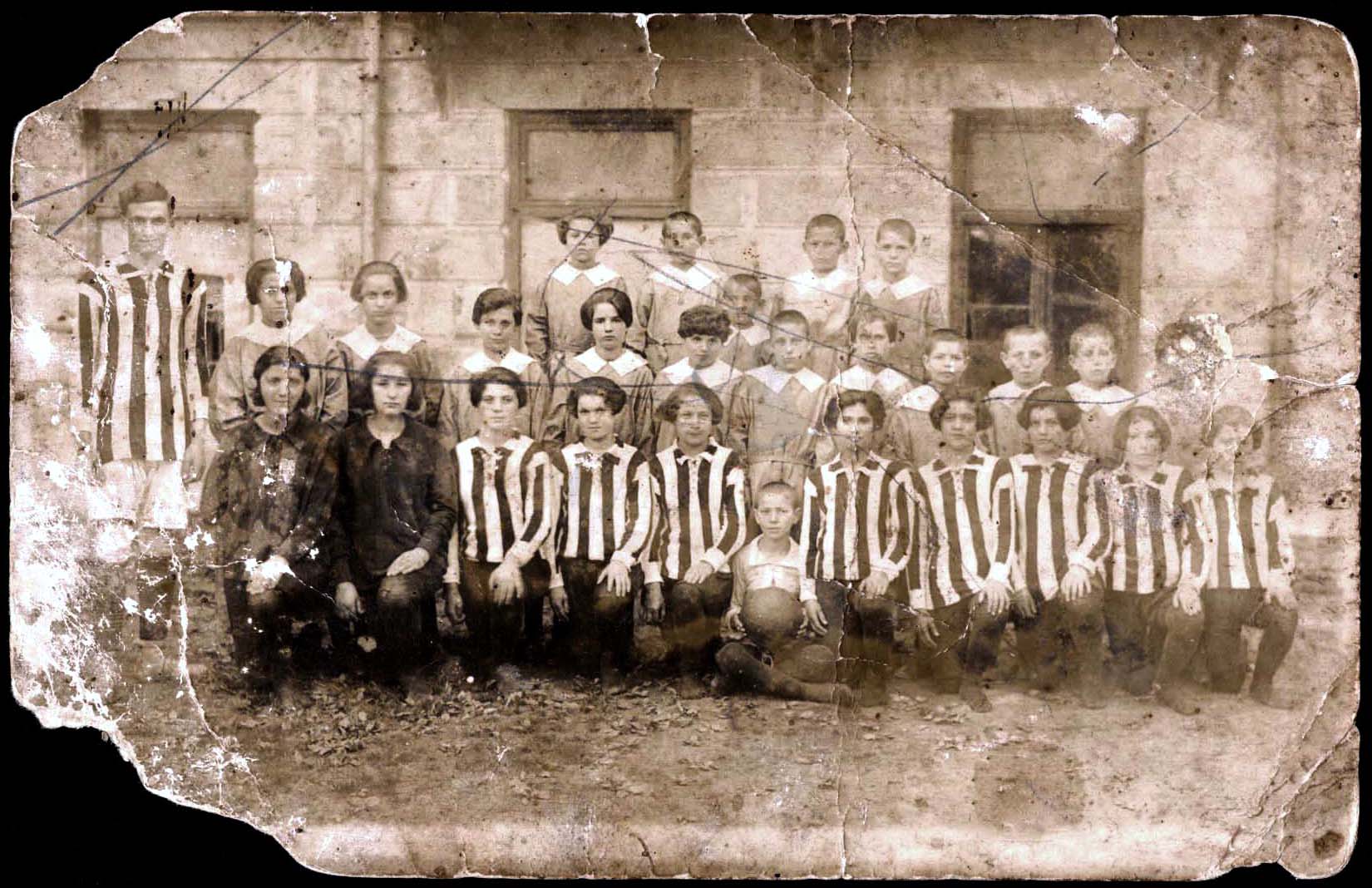
On the back of the photograph is written: "To my students as a token of appreciation and eternal remembrance from your faithful coach, Avram Steckelman".
Yad Vashem Photo Archives 6254/2
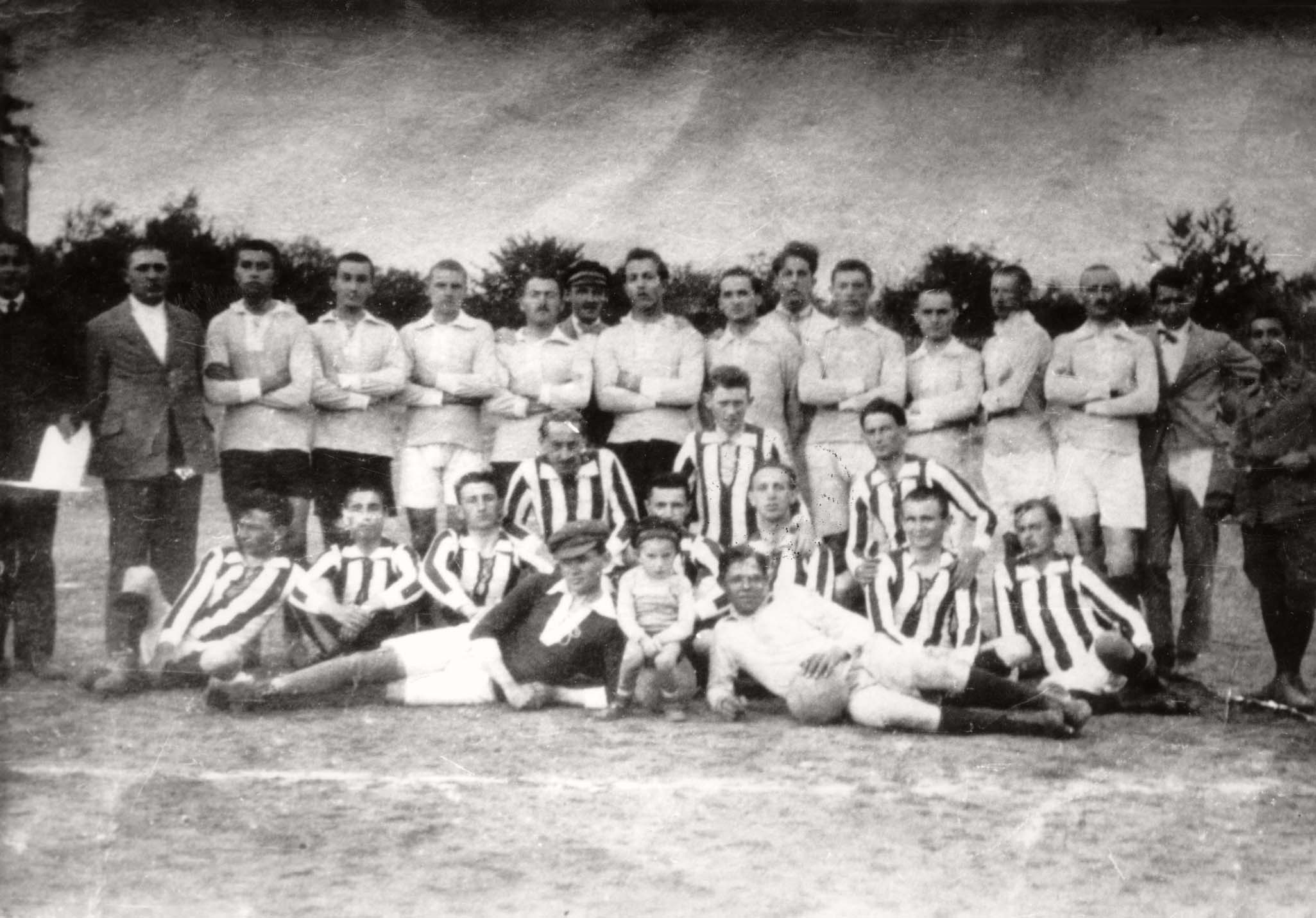
Yad Vashem Photo Archives 636/19
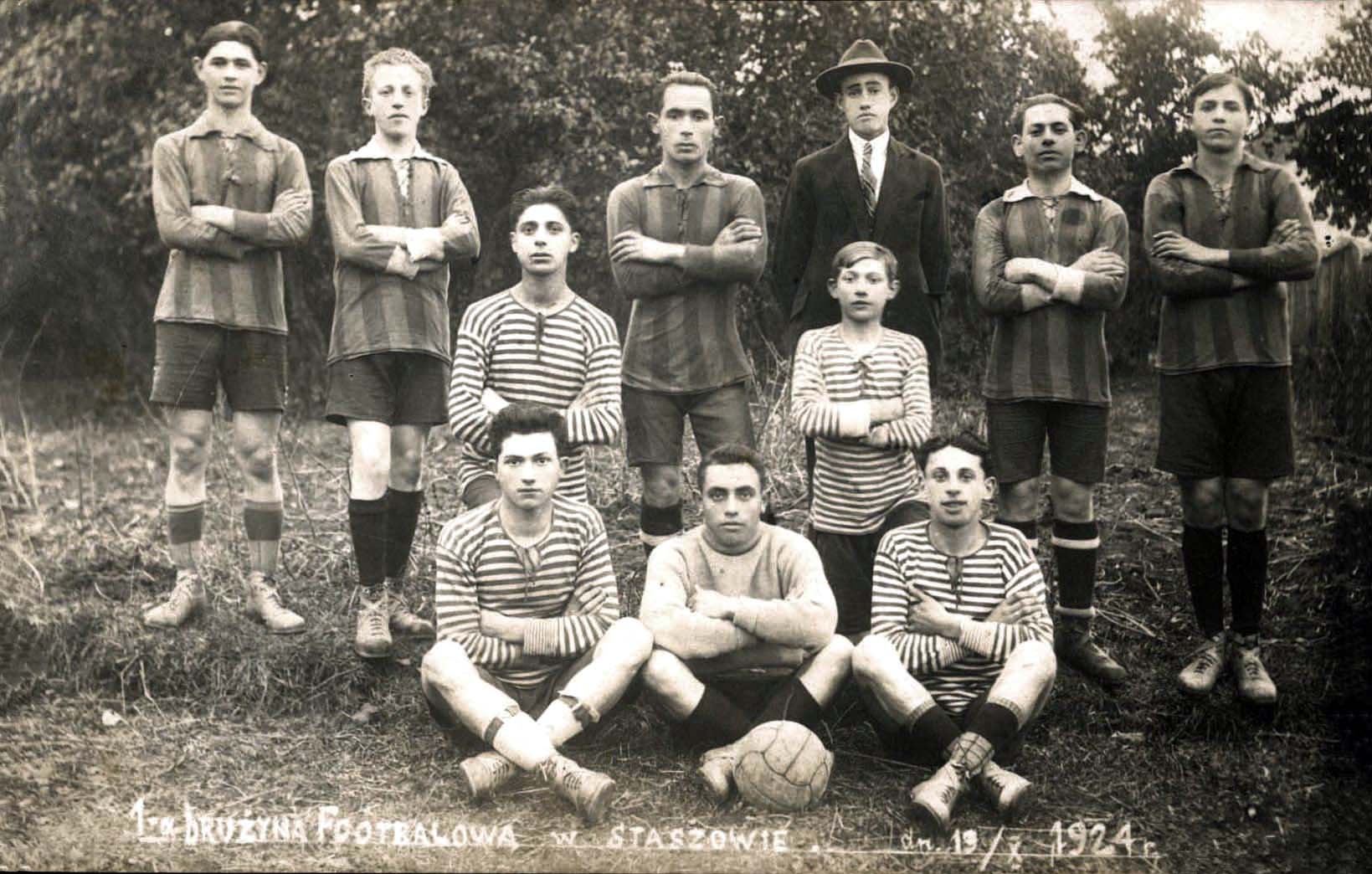
Yad Vashem Photo Archives 7737/49
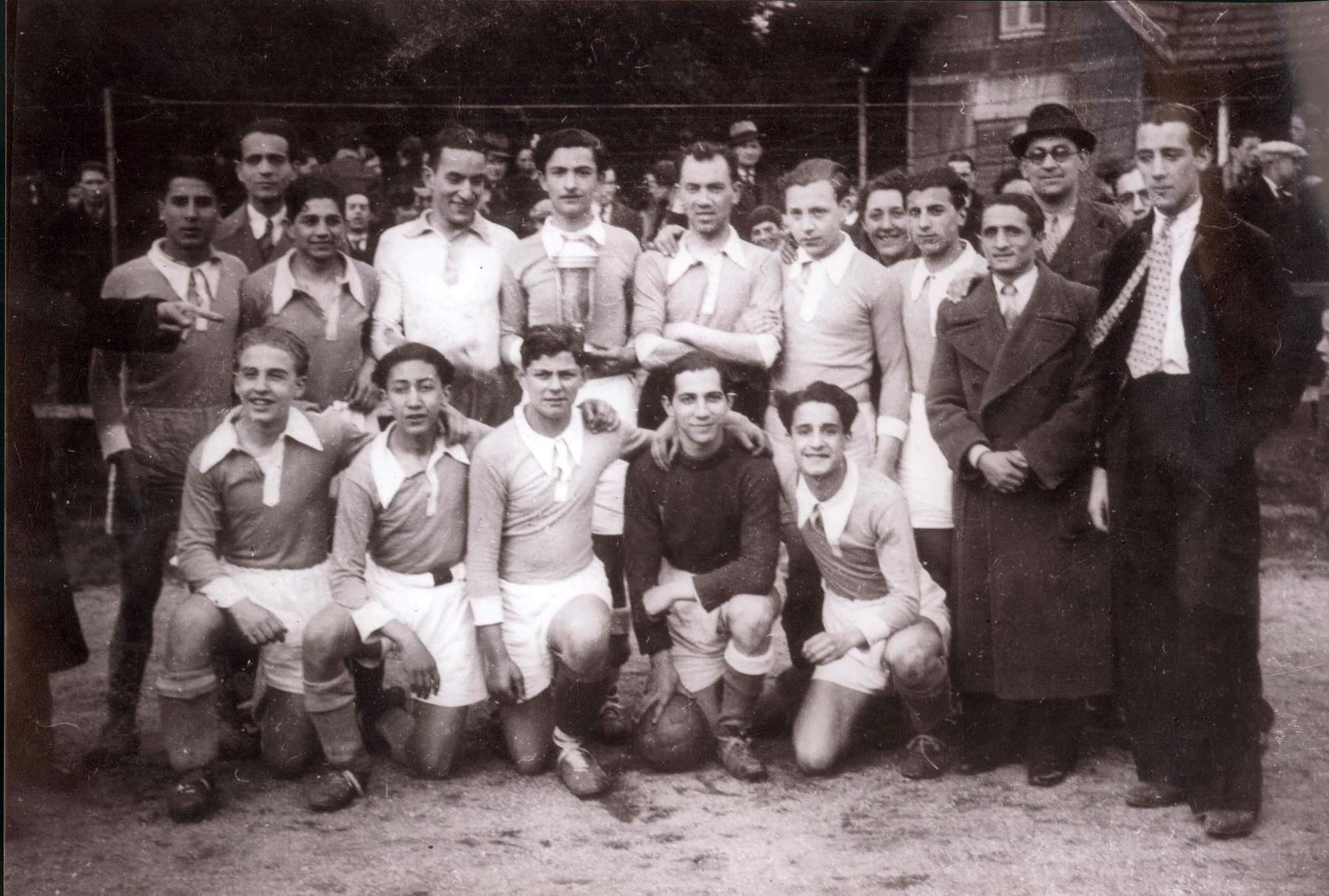
This soccer team supported the student David Frankfurter (after whom the Frankfurter affair was named), who killed the Nazi agent Wilhelm Gustholf in Switzerland in 1936. The team even demonstrated, supporting him.
Some of the players seen in the photo:
Holding the trophy: Michel (Menahem) Saul.
To his left: a Jewish Hungarian, whose name is unknown; Algazi Marcel; a Hungarian woman called Charlotte; Gorge Yaffet.
Sitting under the trophy holder: Volkovitch.
Michel Saul was born in Saloniki, Greece to Vidal and Mazaltov née Guerchon. He was single. Prior to WWII he lived in Saloniki, Greece. During the war he was in Paris, France. He was murdered in Auschwitz Birkenau at the age of 25. This information is based on a Page of Testimony submitted by his sister, Rosa Florent.
Yad Vashem Photo Archives 7833/1
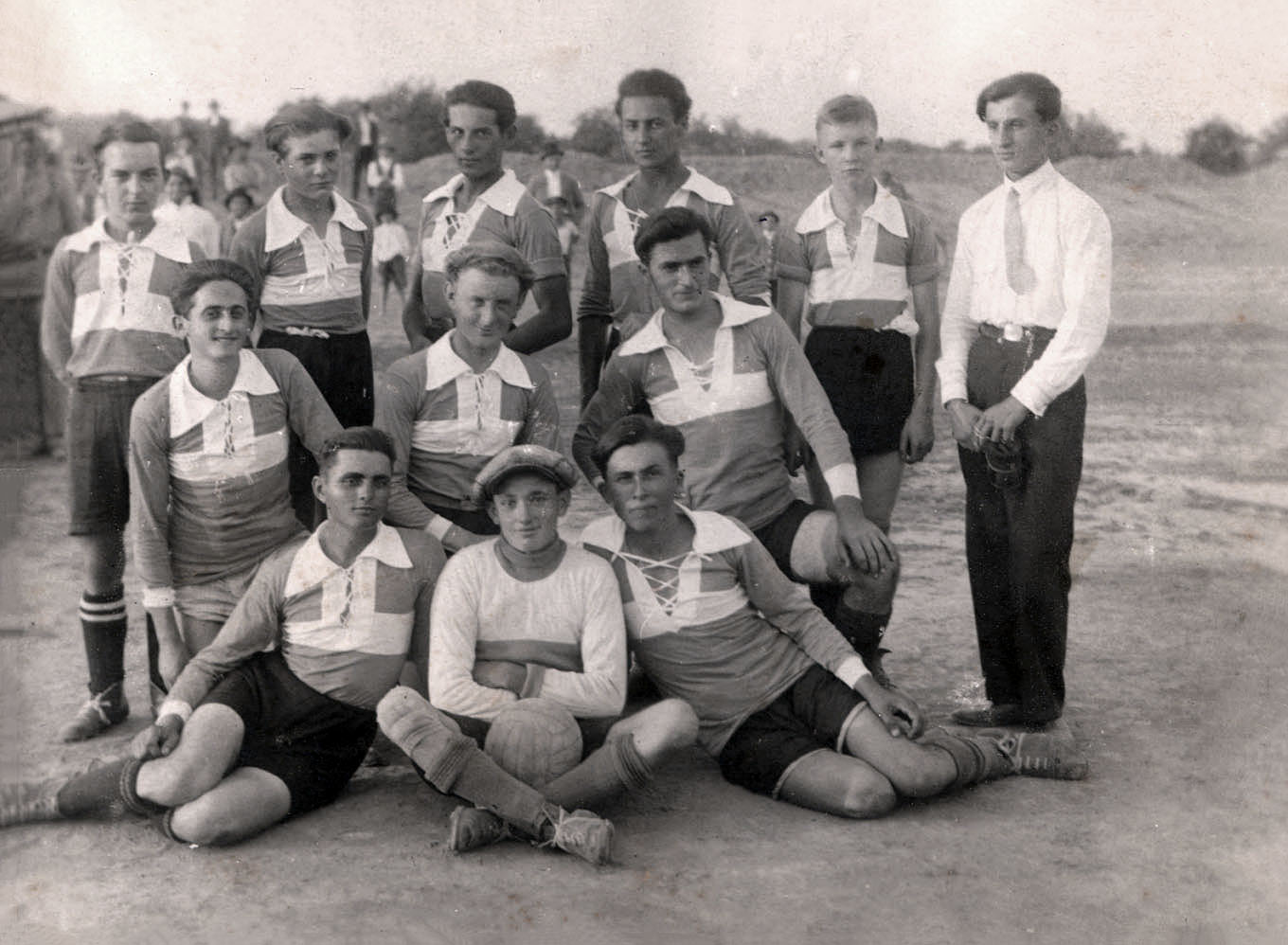
Zvi-Hermann Helfgott was born in September, 1913, in Yugoslavia. He was the rabbi of the Veliki Beckerek community in Yugoslavia. In 1941, while serving in the Yugoslavian army, Helfgott was captured by the Germans and detained in POW camps. After the liberation he was appointed Chief Rabbi of the British occupied zone in Germany and helped the survivors in the DP camps.
Read more about Rabbi Dr. Zvi Herman Helfgott in the exhibition "To Witness and Proclaim" »
Yad Vashem Photo Archives 8546/191
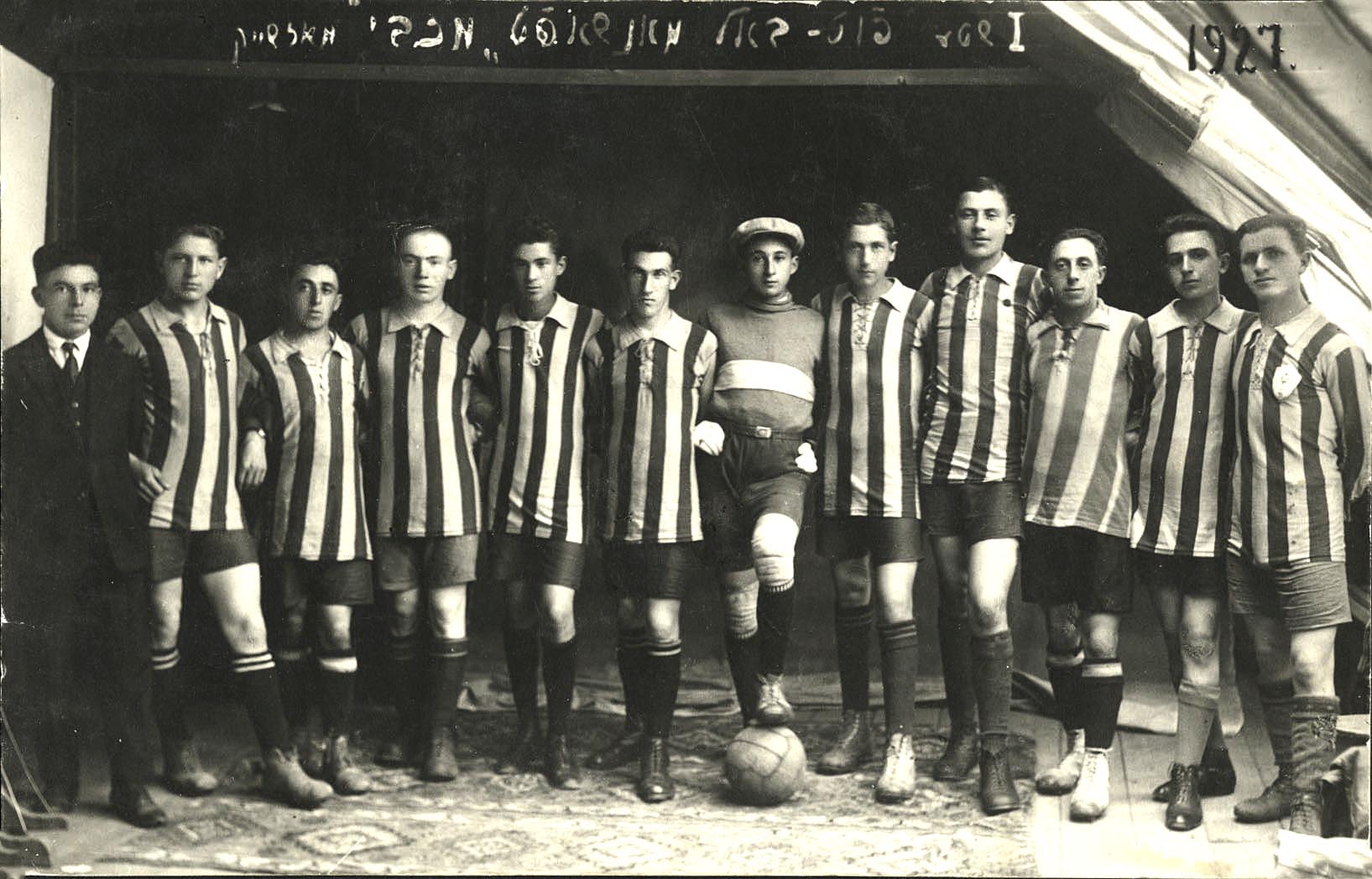
The photograph, on the back of a postcard, was sent to Africa by Moritz Katzav to his brother and sister-in-law.
Yad Vashem Photo Archives 8673/2
